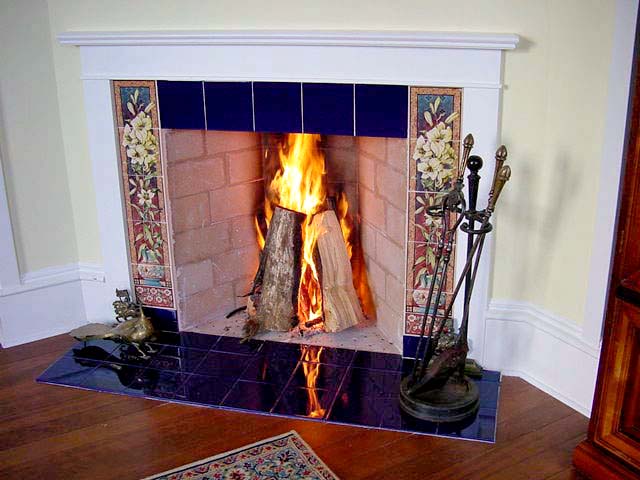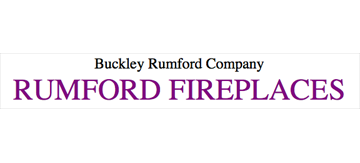It is not unusual to find cracks in a fireplace or chimney that has seen some good hot fires. The cause of the cracks is thermal expansion and then contraction of the masonry materials. Fires like this would be dangerous in most types of fireplaces but in a masonry Rumford fireplace it will be safe to build fires like this for many years.
Fireplace Maintenance
We know from years of testing and field experience that masonry fireplaces can safely withstand the most extreme thermal conditions that can be created by homeowners over and over again. When a hot fire is built in a Rumford fireplace, as we expect to happen, the thermal expansion of the masonry may cause cracks in any of the units, brick, mortar joints, block, stone, etc. The throat functions as a formed lining in the top of the firebox. Its’ purpose is to facilitate a smooth, laminar flow of air and smoke up the chimney and to protect the other structural and decorative elements of the fireplace and chimney structure much as the flue liners protect the walls of the chimney. Even with the thermal cracks that are evident in the photos the throat will continue to perform safely. Rumfords are unique in having this extra liner in the throat of the fireplace. Other fireplaces do not have any lining in this area.
We have had good success with Heat Stop or Insul Stick used to patch the cracks or to parge the entire throat. At some point there will probably be similar cracks in the mortar joints of the firebrick that may need to be patched. This type of maintenance is normal in fireplaces that are used for hotter fires. In the event that a piece of the throat were to fall out the fireplace is still safe to operate and it can be repaired using the same materials.
Smokey Fireplace
If you are having trouble with a newly built fireplace, or are in the process of building a home with a fireplace, it is highly recommended that you read this article on Balancing the Ventilation System, by Jim Buckley. If you are a technician, or in the process of correcting a smoky fireplace, use this helpful checklist: Smoky Fireplace Checklist




